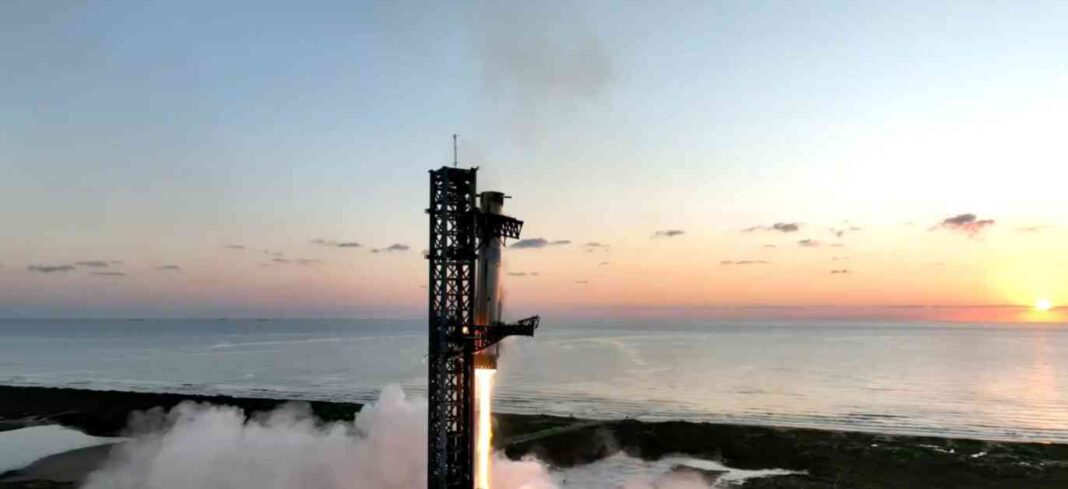SpaceX is gearing up for a major milestone in their Starship program, with plans to test refueling in space between two orbiting Starships in 2023. This technical achievement is seen as a crucial step towards demonstrating an uncrewed landing of a Starship on the moon under NASA’s Artemis program. The space agency has high hopes for the Starship’s potential to revolutionize the commercial space industry and return humans to the moon for the first time since the Apollo era.
NASA has awarded SpaceX a $4.05 billion contract for two human-rated Starship vehicles, with plans for a crewed landing on the lunar surface in September 2026. Kent Chojnacki, deputy manager of NASA’s Human Landing System program, provided insights into the agency’s collaboration with SpaceX in an interview. He highlighted the importance of closely monitoring Starship’s test campaign, which has already seen five launches.
SpaceX made headlines with a recent test where they successfully caught the Super Heavy rocket booster mid-air using innovative methods. Chojnacki emphasized the importance of learning from each launch to advance the program. Comparing the traditional NASA program for the Space Launch System (SLS) with the innovative approach of the HLS program, he noted the differences in contracting models and development strategies.
The HLS contracts with SpaceX are fixed-price, incentivizing the company to meet specific milestones for payment. SpaceX must undergo mandatory design reviews and propose additional milestones for payment, such as the ship-to-ship propellant transfer demonstration set to begin in March 2025. This demonstration will open up opportunities for moving large payloads beyond Earth’s orbit.
The upcoming Critical Design Review in Summer 2025 will be a crucial step for certifying that SpaceX has met all 27 system requirements set by NASA. The space agency is actively involved in providing input on Starship’s interior design and other aspects of the rocket, including testing cryogenic components and thermal tiles. With plans to land astronauts on the moon in September 2026, SpaceX and NASA are working towards achieving this ambitious goal.
Overall, the collaboration between SpaceX and NASA in the Starship program represents a new era of space exploration marked by innovation, cooperation, and ambitious goals. The successful demonstration of refueling in space and other technical achievements will pave the way for future missions beyond Earth’s sphere, opening up new possibilities for human space exploration.











